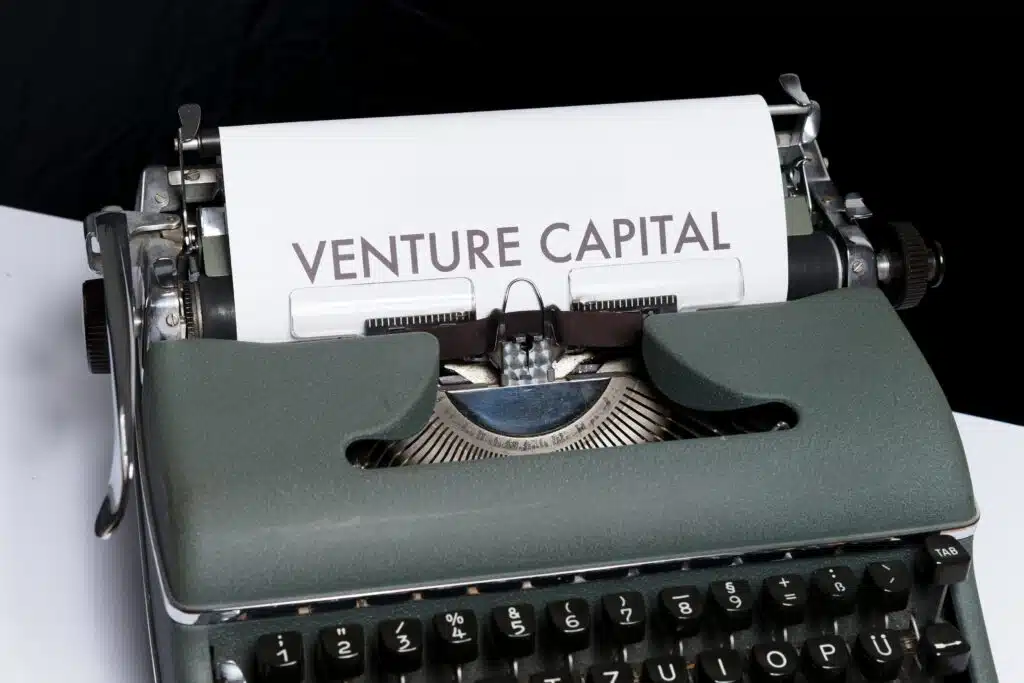The funds of Venture Capital use a specific valuation methodology called the Venture Capital Method (Venture Capital Method, VC Method).
This type of investment appears in a very early stage of the project, occurring when it needs significant investments (from half a million euros to a few million) and the typical source of funding is often a Venture Capital fund. The Venture capital seeks to profit from its investments through the future sale of its stake, thus being a temporary shareholder in the company.
In the case of technology companies, this Venture Capital Valuation Method is better suited to their nature. Other forms of valuation such as discounted cash flow or valuation by comparables are not as valid for the following reasons:
The Venture Capital Method is the most appropriate. This method is based on a backward-looking valuation. First, the VC must estimate the value of the company at the time of the future sale of the company. For this purpose, traditional valuation methods such as discounted cash flows and/or, most often, multiples can be used.
Secondly, it is necessary to consider what % stake the VC expects to have at the time of the sale. The percentage stake will depend on two factors:
In the third step, the VC must determine its required return. In reality, Venture Capital funds do not think in terms of required return but in terms of multiplier (number of times their investment will be multiplied at the time of exit) and how many years will need to elapse from the time of investment to the time of exit. It is natural that early stage funds require multipliers of 10 times, later stage Venture Capital funds require lower multipliers, as the investment risk has been considerably reduced and the company is closer to being sold.

Finally, once the multiplier has been chosen, the multiplier required by the VC should be compared with the multiplier offered by the investment. If it is higher, you will be inclined to make a positive investment decision; if it is lower, you will not.
Venture Capital method presents numerous deficiencies. Firstly, this method requires trust in the project's growth and future revenues. As highlighted, the valuation method based on the company's future revenues is extremely difficult and speculative.
All of these identified nuances, which are based on market valuations, make this method less certain. Finally, the discount rate of return or multiples required by investors is a subjective benchmark as it is derived from the risk perceived by a given investor and, to date, there is no fixed method for allocating the risk associated with the business. Therefore, the Venture Capital approach can produce wildly varying results among investors.
For all these reasons, it is prudent to rely on the knowledge of an business valuation expert when entering into such transactions.